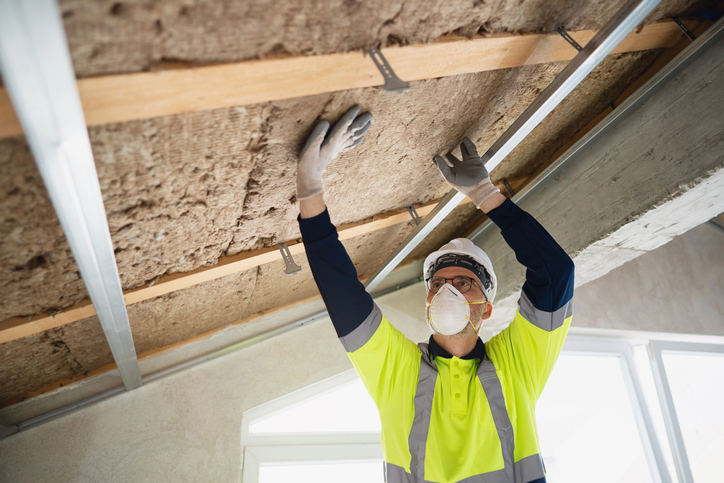Where to Air Seal Your Home

Where to Air Seal Your Home
September 25, 2019
When it comes to keeping treated air inside your home and allowing for maximum efficiency, air sealing is one of the best tasks you can add to your to-do list. By sealing up your home, especially when the temperatures are very high or very low, you can prevent air from escaping your home as well as keep your energy costs lower.
But since you can’t exactly put your entire home in an airtight bubble, where exactly are you supposed to seal things up?
Exterior Gaps
Go around the outside of your home and find places where materials meet — namely, where walls meet your roof, ceiling, and each other. Using either flashing or caulk, place a seal over the connection spots to ensure that air doesn’t enter or leave your house.
Utility Openings
Both inside and outside of your home, check the spots where vents, electrical wiring, and plumbing enter or leave. Oftentimes, there are gaps between the utility work and the wall itself, so seal up these openings for better efficiency.
The Attic and Crawlspace
These two areas are notorious for allowing treated air to escape your home, so it’s essential to use some air sealing here. In your crawlspace or basement, seal off any holes utility work travels through as well as any cracks in the floor or your foundation. In your attic, seal off spaces around vent fans, lights, or access hatches.
HVAC System
This one may be hard to do it yourself, but do your best to seal off any openings, cracks, or otherwise damaged areas of your HVAC system. Damaged ductwork can account for a lot of heat or cooling loss, so air sealing these areas can make a big difference.
By having your siding and roofing in good condition, you can prevent air from escaping the very first layers of your home’s protection. For all your roofing and siding needs in Norwalk, CT, trust the experts at JM Roofing and Siding. Contact us today for a free estimate!.
Recent News

The Best Time to Schedule Roof Repairs: Why Autumn Is Not Too Late
November 20, 2025
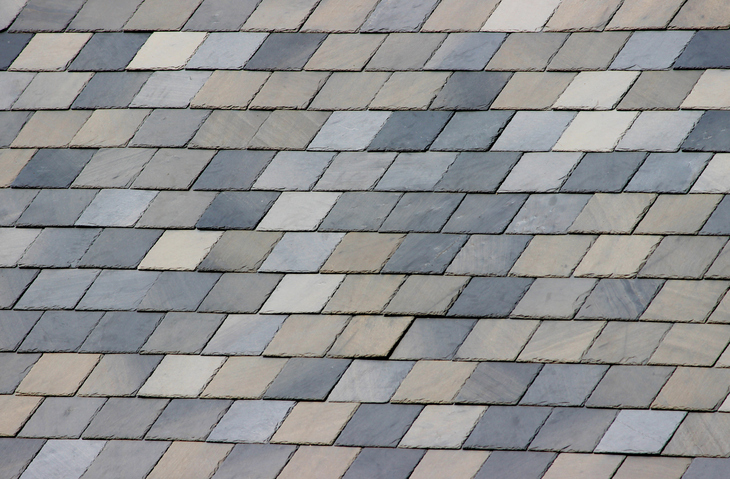
Common Signs Your Slate Roof Needs Repair
November 18, 2025
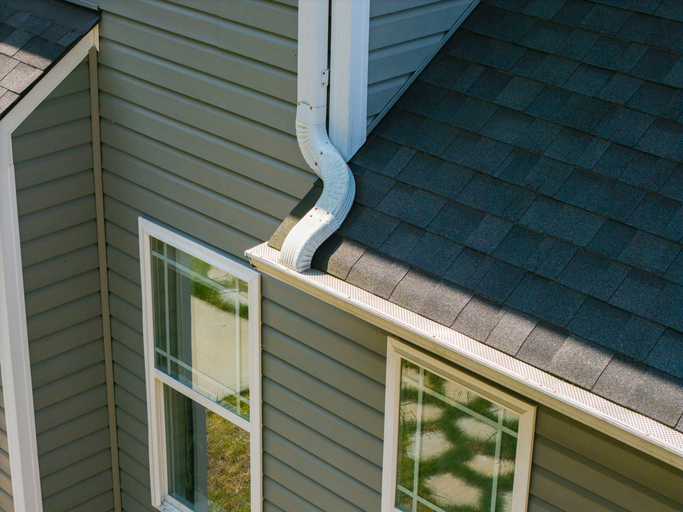
How to Maintain Your Gutters Year-Round & Avoid Water Damage
November 13, 2025
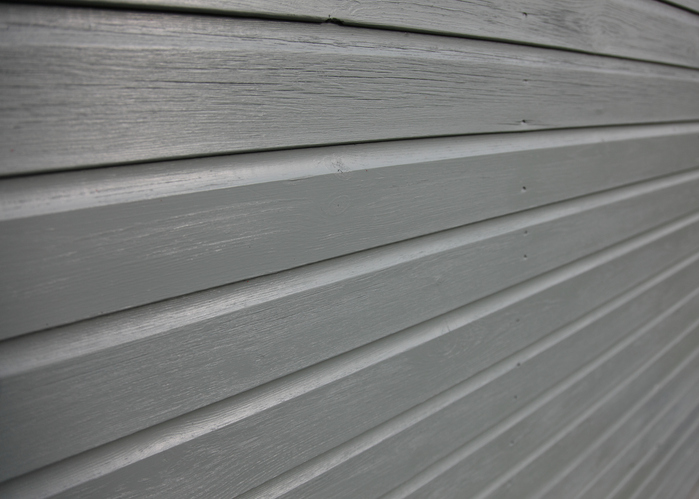
How New Siding Can Increase Your Home’s Value & Energy Efficiency
November 5, 2025
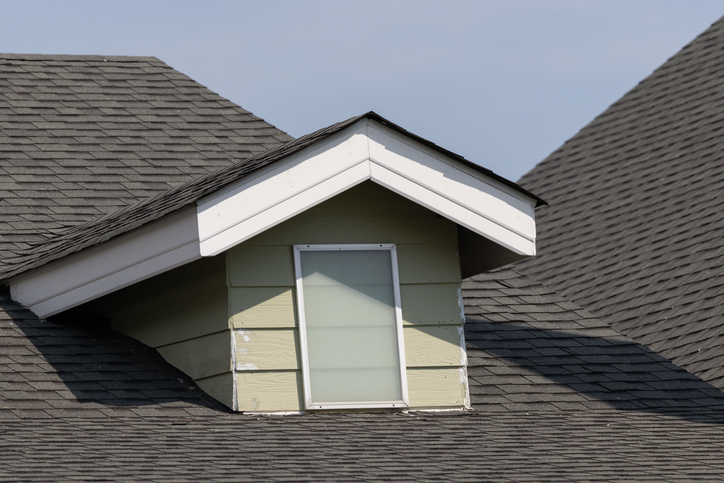
How Weather in Fairfield County Affects Your Asphalt Roof & What You Can Do About It
October 30, 2025
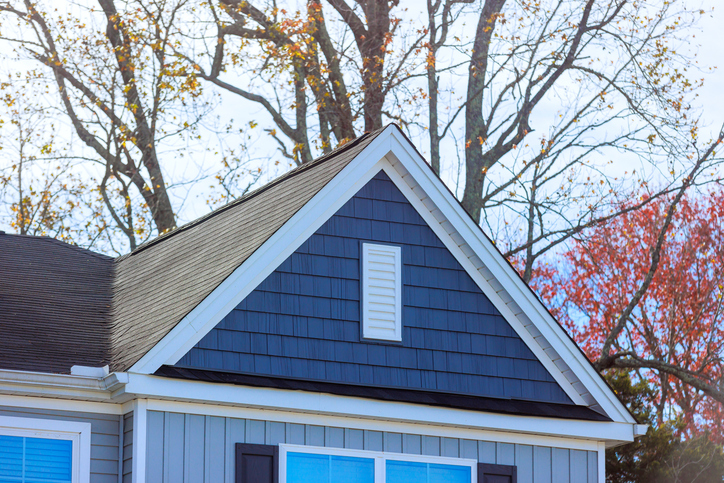
Color Trends in Siding
October 2, 2025
